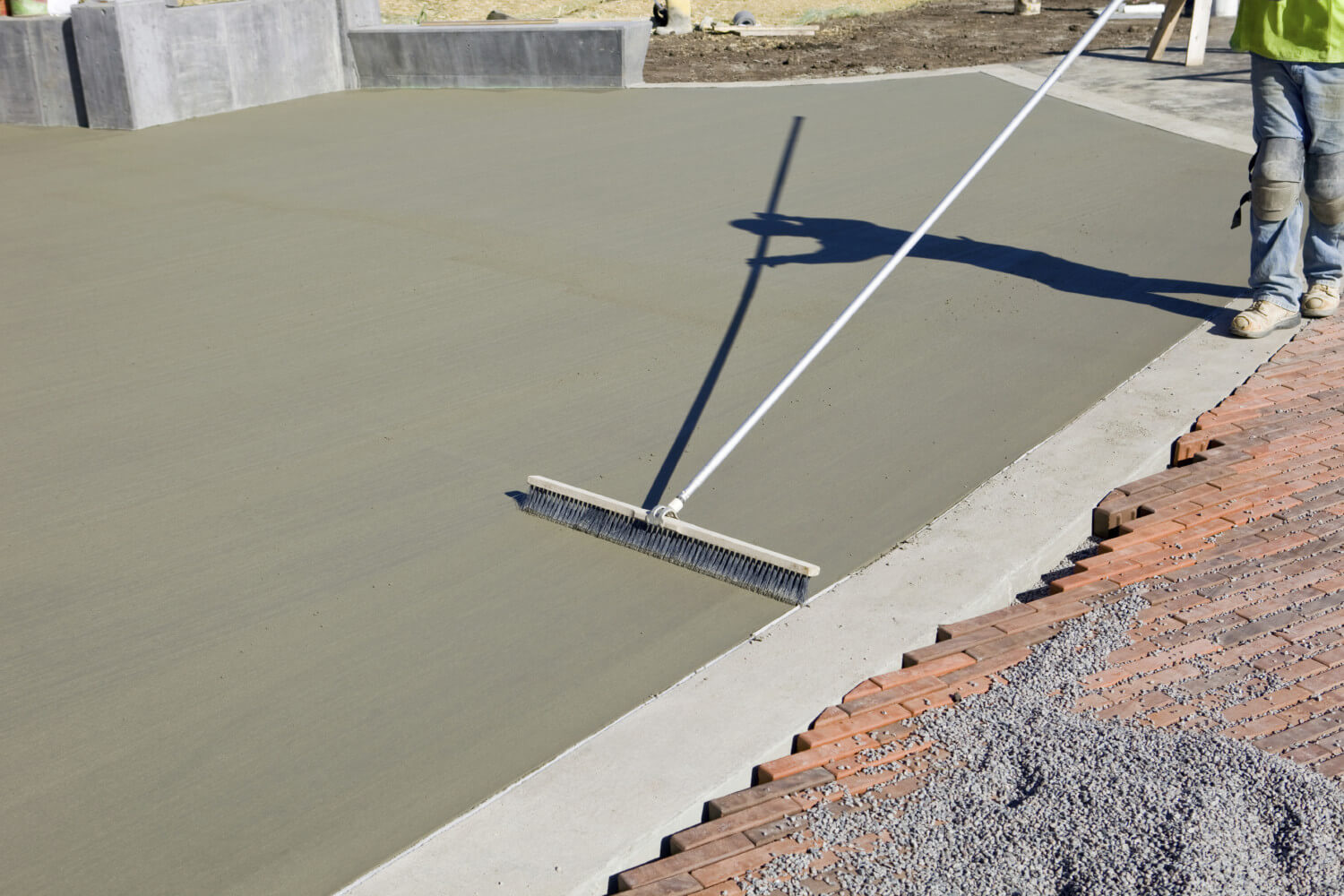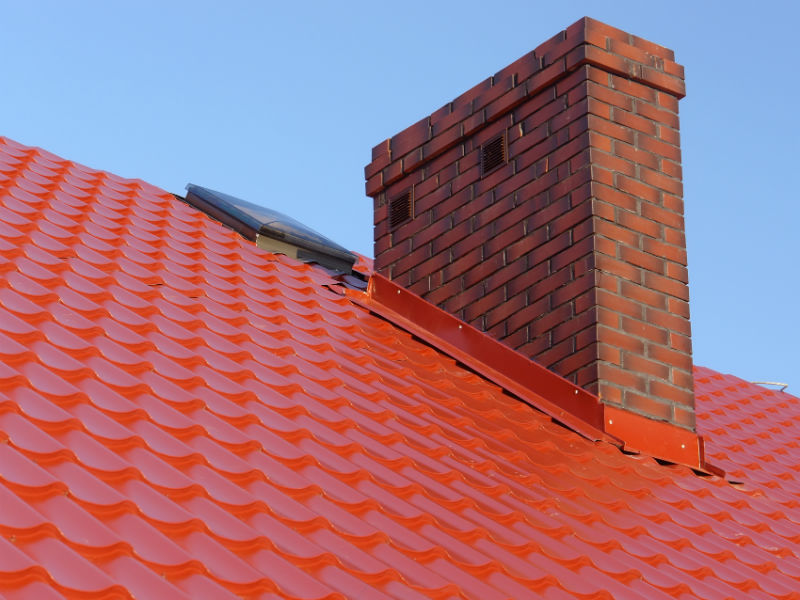For many types of equipment, systems, and applications, the metal will be used as the material that forms the shell or the outer component of the equipment as well as the inner structure.
When there is a need to insulate these areas or components in the system, CD or capacitor discharge stud welding or drawn arc stud welding can provide a fast, dependable and extremely accurate option for securing the weld pins or weld insulation studs in place on the metal surface.
What to Consider
While both drawn arc and CD stud welding can be used to attach insulation studs, generally CD stud welding is considered the faster of the two options and is the best option for smaller diameter studs, those under 3/8″, and it is also ideal for thinner base materials.
With the use of CD stud welding equipment, there will be no marring, discoloration or deformation of the other side of the workpiece, even with the larger sizes weld studs for insulation. Additionally, there is no weakening of the base metal due to longer heating times.
The weld that is formed is completely under the entire base of the weld stud. This ensures a full and strong bond between the insulation studs and the base metal, holding the insulation in place securely.
As the weld is complete and 360 degrees, even issues such as vibration, which will be common in many of these applications, will have no effect on the hold between the two components. This is not always the case with adhesive types of connectors that can be impacted by temperature changes and vibrations through the system.
A relatively new operator will be able to use a CD stud welding gun to complete up to 20 welds per minute. Also, the individual welds take just milliseconds and are controlled by the system, ensuring a perfect weld without the operator’s need to time the process, or to determine when each weld is complete.








